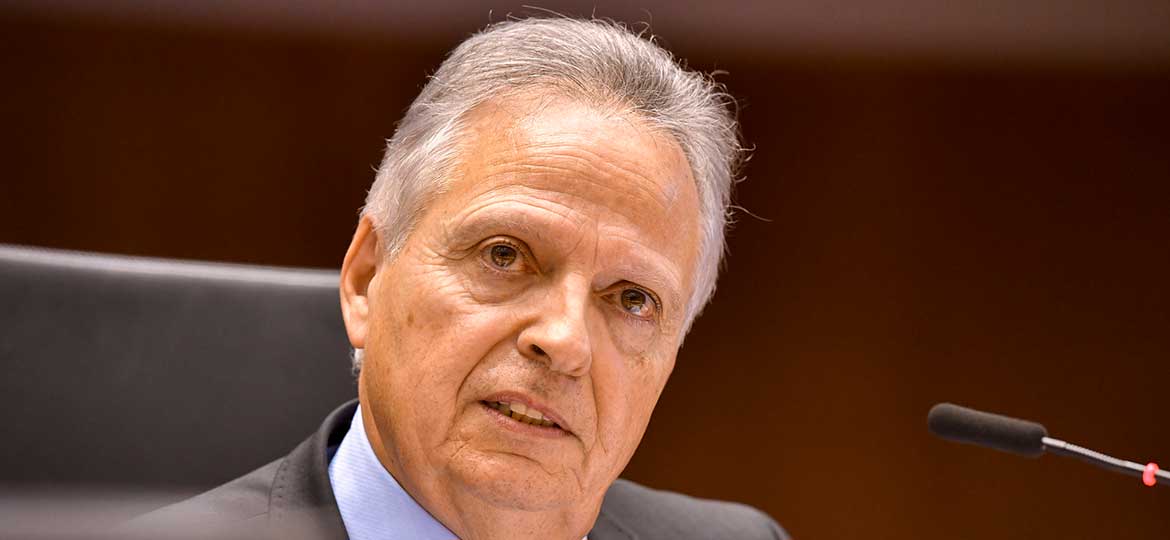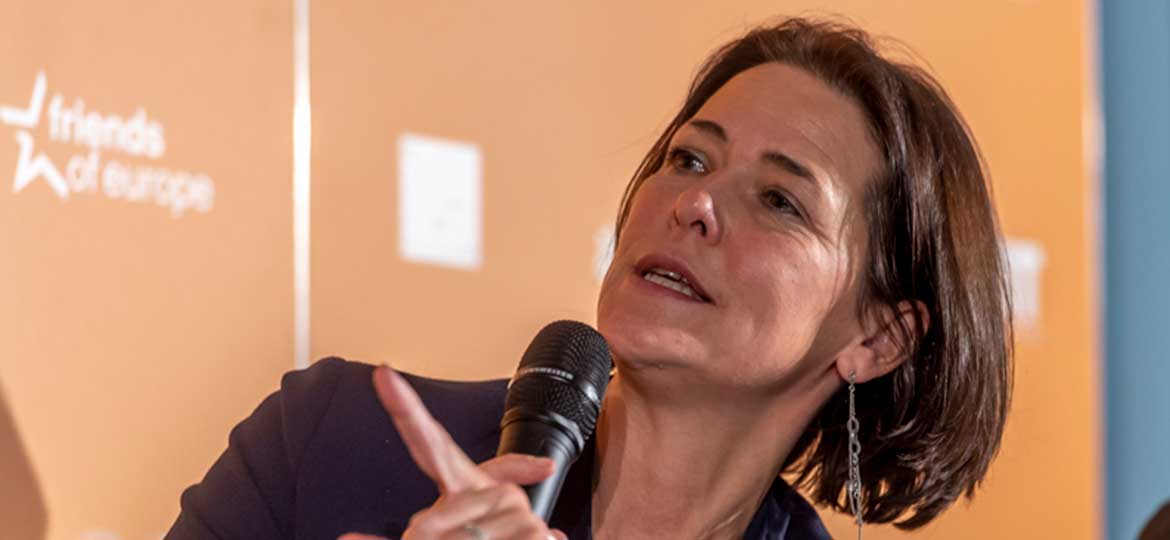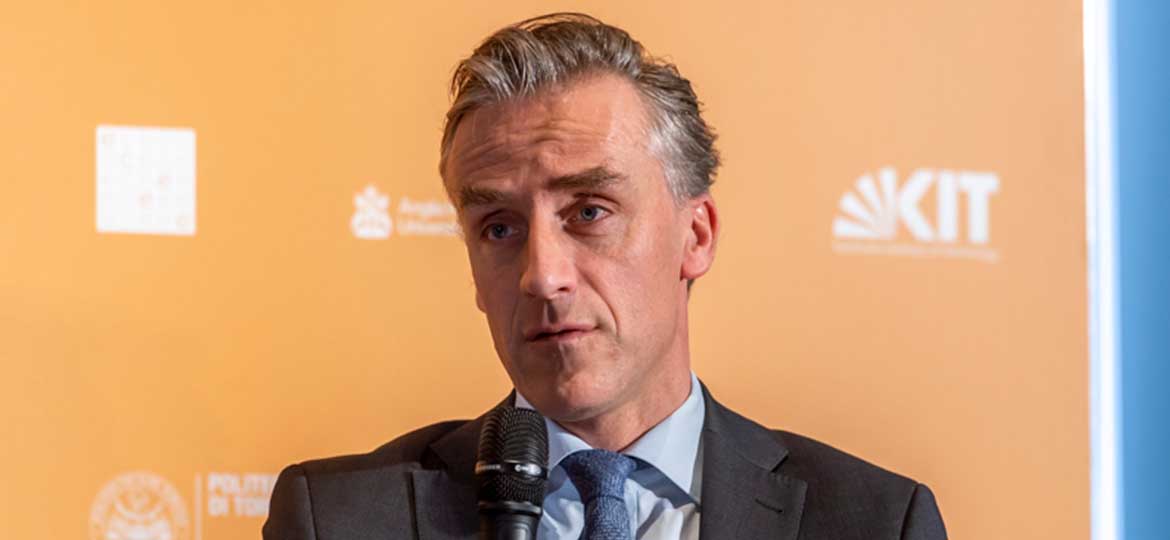
By Patrick Child is the Deputy Director General for Research and Innovation at the European Commission and the EU Representative at the Mission Innovation Steering Committee.
The stark findings of the IPCC 1.5°C report leave us with no time for hesitation: bold actions must trigger transformations in both our societies and the ways in which we power our economy, if we hope to avoid catastrophic consequences for the climate.
Though the challenge seems daunting and the perspective gloomy, the European Commission has decided to team up with a well-known optimist: Bill Gates.
In October of last year, Gates, in collaboration with European Commissioner for Research, Science and Innovation Carlos Moedas, announced a new €100m joint fund ‘Breakthrough Energy Europe’ targeting innovative European companies. The aim is to develop and implement radically new clean energy technologies. Such a project sets an encouraging example of a public-private partnership that can drive forward the exceptional changes needed to limit global temperature increases.
For the EU, it is not simply a matter of increasing funding in cutting-edge technologies, but of creating the right ecosystem for innovation. New technologies are part of a strategic vision for a future Europe that prioritises innovation-led growth, inclusion and sustainability. That is why, as part of ‘Mission Innovation’, the Commission is working with 23 partner countries to promote clean and market-oriented energy solutions on a global level.
Despite its positive track record in funding early stage research, the EU, as is the case with the public sector in general, is struggling to identify the right market-generating technologies. For this reason, the Commission is teaming up with a group of international private investors, led by Bill Gates, to help identify growth opportunities in a long-term investment plan. This plan will provide a more patient, risk-tolerant capital for emerging clean energy technology developers.
What is revolutionary about the Breakthrough Energy Europe fund is that it targets ‘high-risk investments’
What is revolutionary about the Breakthrough Energy Europe fund is that it targets ‘high-risk investments’, an area in which public institutions are not typically involved. After all, when it comes to funding first-of-a-kind technologies, the risks are self-apparent. Most innovation attempts fail, with results often being unpredictable.
But high risk can also lead to high return. The use of ‘patient’ capital means that private investors are not expecting an immediate return on investment. On the contrary, rewards come in the long-term. While such co-investment funding mechanisms already exist, they rarely target the energy sector and have yet to be successfully applied in Europe.
The issue is that traditional funding tools, such as grants, come with many shortcomings. A small start-up might develop a revolutionary new technology thanks to immediate capital, but it also needs resources to navigate the administrative challenges of acquiring public funding. As a result, what they create in their laboratory sometimes never reaches the market and, by extension, the final consumer. Equity funding mechanisms make the capital available, create confidence and lend support to the most promising technologies.
Choosing the right partners is crucial to mitigate the risk of such investments. High-quality private investors know how to detect profitability in emerging technologies. After harnessing their ability to identify the most promising companies and start-ups, the Commission can intervene systematically by co-investing.
How is this new financial vehicle expected to unfold? Breakthrough Energy Europe will come into being in 2019, with half of the €100m equity coming from Breakthrough Energy (or its affiliates) and the other half sourced from InnovFin – a financial instrument managed by the European Investment Bank and funded through Horizon 2020, the EU’s current research and innovation programme.
Leading economist, Mariana Mazzucato, rightly observed that innovation rarely occurs in isolation, but rather requires a collective effort
The management of the Joint Fund will be entrusted to a fund manager established in Europe, proposed by the Breakthrough Europe Coalition and agreed on by the European Commission, following due diligence performed by the European Investment Bank.
The fund itself will target five major energy-related areas that represent priority sectors for the decarbonisation. These include electricity, transportation, agriculture, manufacturing and buildings.
Leading economist, Mariana Mazzucato, rightly observed that innovation rarely occurs in isolation, but rather requires a collective effort. The EU seeks to shoulder the risk with the private sector and promote partnerships to help innovative companies and SMEs. Through innovation comes economic growth, promotes equal opportunities and protects the climate. In the end, European citizens are the ones that benefit.
The European Commission believes that initiatives for generating clean energy is an urgent priority for the planet. Funds such as these are an important step forward. The EU has the means to lead the way and take the required risks in this new energy revolution.

Patrick Child is the Deputy Director General for Research and Innovation at the European Commission and the EU Representative at the Mission Innovation Steering Committee.






